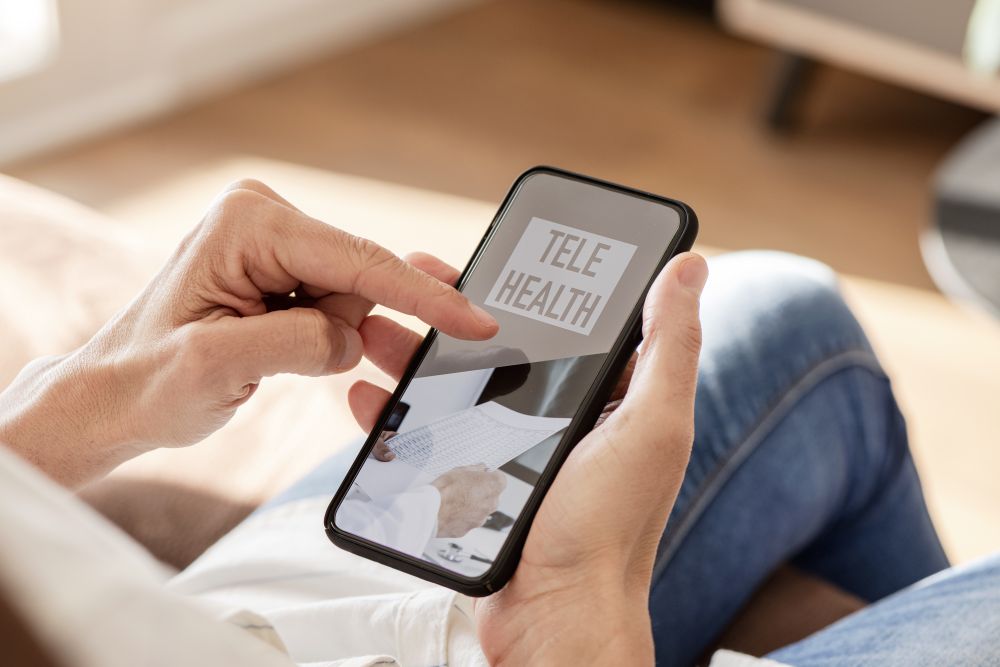[vc_row][vc_column][vc_column_text]Two more COVID-19 vaccines have been secured for the Australian population under new agreements, bringing the Australian Government’s COVID-19 vaccine investment to more than $3.2 billion.
Under the agreements, Novavax will supply 40 million vaccine doses and Pfizer/BioNTech will provide 10 million vaccine doses, should the vaccines be proven safe and effective.
Prime Minister Scott Morrison said the Government’s COVID-19 Vaccine and Treatment Strategy had now secured access to four COVID-19 vaccines and over 134 million doses.
“By securing multiple COVID-19 vaccines we are giving Australians the best shot at early access to a vaccine, should trials prove successful,” the Prime Minister said.
“We aren’t putting all our eggs in one basket and we will continue to pursue further vaccines should our medical experts recommend them.
“There are no guarantees that these vaccines will prove successful, however our Strategy puts Australia at the front of the queue, if our medical experts give the vaccines the green light.”
The Novavax and Pfizer/BioNTech vaccines are expected to be available in Australia from early to mid 2021 – subject to approval by the Therapeutic Goods Administration (TGA) for use in Australia.
The Pfizer/BioNTech is a messenger ribonucleic acid (mRNA) type vaccine and the Novavax vaccine is a protein vaccine containing an adjuvant (Matrix-M) which enhances the immune response.
Health Minister Greg Hunt said Australia’s COVID-19 vaccine portfolio now had two protein vaccines and one mRNA and one viral vector type vaccine, strengthening Australia’s position to access safe and effective vaccines as soon as available.
“The goal and the expectation is that Australians who sought vaccination will be vaccinated within 2021,” Minister Hunt said.
“There are no surprises, health and aged care workers and the elderly and vulnerable will be the first to gain access to a vaccine that’s deemed safe and effective.”
These new agreements build on the Australian Government’s existing commitments to purchase the University of Oxford/AstraZeneca vaccine and a local candidate from the University of Queensland together with Australian manufacturer CSL Limited (Seqirus).
Subject to the vaccine being registered by the TGA as safe and effective, preliminary advice from the Australian Technical Advisory Group on Immunisation is that the priority groups for the COVID-19 vaccine are those people who are at increased risk of exposure, such as health and aged care workers, the elderly and those working in services critical to societal functioning.
The Australian Government is currently consulting with the states and territories, key medical experts and industry peak bodies on the framework for the initial roll-out of the COVID-19 vaccination program in early 2021.
Key vaccination sites will initially include GPs, GP respiratory clinics, state and territory vaccination sites and workplaces such as aged care facilities.
Australia has a world class vaccination program with world leading vaccination rates. The COVID-19 vaccine will not be mandatory and individuals will maintain the option to choose not to vaccinate. The vaccine will be available for free to those who choose to be vaccinated.
This commitment forms a crucial part of the Australian Government’s response to COVID-19 and the strategy to protect the health and wellbeing of Australians and the national economy.
Internationally, Australia has also joined the COVAX facility, which will provide access to a large portfolio of COVID-19 candidates and manufactures around the world for up to 50 per cent of the Australian population.
The Australian Government has also committed to support access to safe and effective COVID-19 vaccines for the Pacific and Southeast Asia, as part of a shared recovery for the region from the pandemic, as well as $80 million to the international COVAX Facility for the benefit of high-risk populations in developing countries.
The Government’s agreements allow Australia to donate to partners in the Pacific and Southeast Asia, should these vaccines prove safe and effective, and units are available above domestic needs.
The Government is contributing significantly to vaccine research and development both in Australia and around the world, investing $363 million in vaccines, therapeutics and COVID medicines – including $257 million in vaccines.
The roll-out of a potential COVID-19 vaccine is a significant logistical challenge, suppliers that have a proven track record in vaccine logistics and distribution or booking systems, tracking and reporting of vaccines are being invited to participate in a limited tender process.
As part of Australia’s COVID-19 vaccines strategy and broader vaccines strategy, the Australian Government is considering an amendment to the Australian Immunisation Register Act 2015 to mandate reporting of all vaccinations to the Register.[/vc_column_text][/vc_column][/vc_row]











